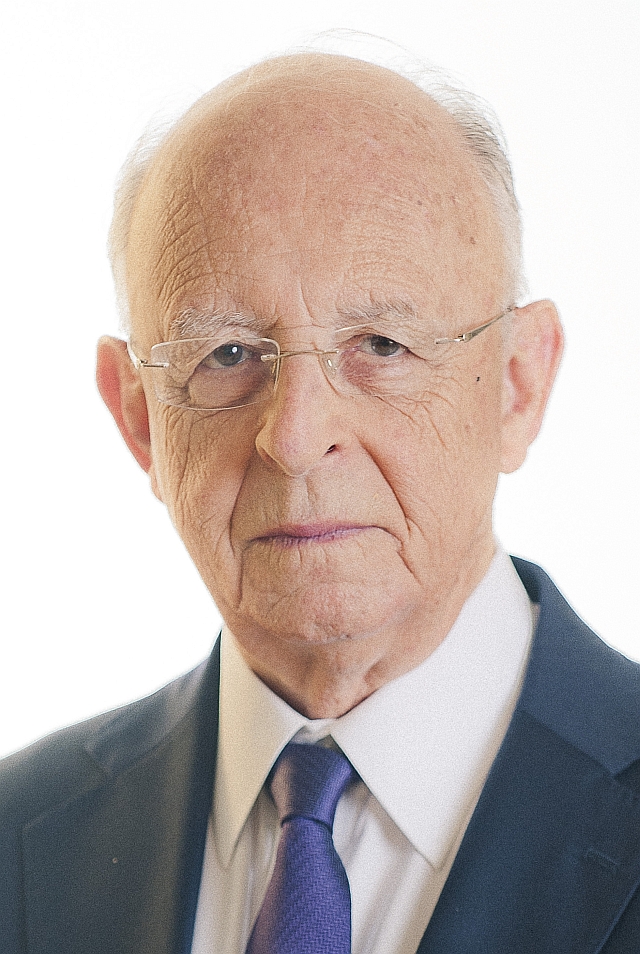.jpg) בפסק דין חדש, מרחיק לכת וחדשני קבע בית המשפט העליון מערכת מבחנים חדשה לבחינת שאלת האחריות בדיני נזיקין בעוולת הרשלנות, וזאת במקום המתווה שהיה שגור עד כה. לפי המתווה הקיים היה סדר הדיון בעוולת רשלנות בנוי באופן הבא: חובת זהירות מושגית; חובת זהירות קונקרטית; הפרת החובה (התרשלות); קשר סיבתי עובדתי ומשפטי – התגשמות חובת הצפיות; ונזק. בפסק דין חדש, מרחיק לכת וחדשני קבע בית המשפט העליון מערכת מבחנים חדשה לבחינת שאלת האחריות בדיני נזיקין בעוולת הרשלנות, וזאת במקום המתווה שהיה שגור עד כה. לפי המתווה הקיים היה סדר הדיון בעוולת רשלנות בנוי באופן הבא: חובת זהירות מושגית; חובת זהירות קונקרטית; הפרת החובה (התרשלות); קשר סיבתי עובדתי ומשפטי – התגשמות חובת הצפיות; ונזק.
בית המשפט העליון בפסק דין שניתן ביום 15.7.15 בענין ע"א 4486/11 פלוני נ' פלוני, מפי השופט עמית, הופך את סדר הבדיקה באופן שיש תחילה לבדוק את ההתרשלות עצמה, ורק במידה וזו מוכחת יש לפנות לשאלת קיום הצפיות. במידה ומבחן זה מתקיים, יפנה בית המשפט לשאלת קיומו של הקשר הסיבתי ורק לאחר מכן יבחן את קיומה של חובת הזהירות. בכך נסגר המעגל, שכן בית המשפט יכול בהחלט להגיע למסקנה שהייתה קיימת התרשלות ועדיין לא יהיה מקום לחייב את הנתבע-הרשלן, אם מבחינת מדיניות משפטית יהיה בית המשפט סבור שלא היתה קיימת חובת זהירות.
הדגם המומלץ על ידי בית המשפט העליון אינו רק שינוי ראייתי אלא מתווה חדש ומבורך, אשר אי קיום שלב אחד ממנו מביא למעשה להכרעה מבלי להגיע לשלב הבא, שבנסיבות העניין יהיה מיותר. במילים אחרות – יהיה כאן מעין תהליך KNOCKOUT, כאשר שאלת האחריות הנזיקית מבחינת התקיימות עוולת הרשלנות תהיה השאלה הראשונה, וכך הלאה. במובן מסוים, התהליך המוצע יפשט את הדיון, אולם יחד עם זאת לא בהכרח ימנע את ההתייחסות של בעלי הדין לכל המרכיבים של ה"פאזל" המשפטי, שכן שום בעל דין לא יוכל לקחת על עצמו אחריות להתרכז בהבאת ראיות או טענות אך ורק לגבי אחד המרכיבים המהווים את מערכת שיקולי הטלת האחריות, מבלי להתייחס באותה שעה גם למרכיבים האחרים.
בית המשפט העליון מבהיר כי מודל זה לא ישים במקרים דוגמת נזק כלכלי קל, או נזק שנגרם לניזוקים עקיפים שבו יהיה נכון לבחון את שאלת תחולת עוולת הרשלנות על פי המודל המסורתי. כך או כך, פסק הדין מהווה מורה דרך חשוב לאופן החשיבה של בית המשפט העליון ולדרך ההכרעה העתידית בתביעות המבוססות על עוולת הרשלנות.
לפרטים נוספים אנא פנו לעורכי הדין במשרדנו:

עו"ד פ.ג. נשיץ
pnaschitz@nblaw.com

עו"ד גיל עטר
gatar@nblaw.com

עו"ד נטע היכל-יסעור
nheichal@nblaw.com
|
|
In a new, far-reaching innovative ruling, the Israeli Supreme Court sets a new test to examine liability in tort law negligence, to replace the accepted traditional test. The existing method of negligence analysis included a discussion of the following elements in this order: conceptual duty of care; concrete duty of care; breach of duty (negligence); factual and legal causal connection; foreseeability, and damage.
Supreme Court decision regarding CA 4486/11 John Doe v. John Doe, handed down on 15/07/15 by Justice Amit, reversed the order of the analysis. According to the new test, The Court has to first check for negligence itself, and only to the extent that it is proven, turn to the question of foreseeability. If this test is fulfilled, The Court turns to the question of causal connection and only then examines the existence of a duty of care.
Thus the circle closes, as The Court may well conclude that negligence was present and still not find the defendant liable, if from a legal policy perspective The Court believes there was no duty of care. The Supreme Court's suggested model is not only an evidentiary change, but a new and welcome layout in which failure to comply with one stage effectively leads to a decision without having to discuss the next level, a discussion which would be unnecessary under the circumstances. In other words, this is a 'knockout' process, in which liability in negligence is the first question, and so on. Essentially, the proposed process will simplify the deliberations in the courts, but will not necessarily stop the parties referring to all the 'legal puzzle' parts, since no party would be willing to risk presenting evidence applicable only to one stage of the process.
The Supreme Court clarifies that this model is inapplicable in cases of minor financial damage or damage caused to indirect injured parties, in which the traditional negligence model is better suited. Either way, the judgment presents an important guide to the way The Supreme Court thinks and to possible future rulings in negligence cases.
For further details
please contact these advocates:
|
|
אין באמור בניוזלטר כדי להוות עצה, הדרכה, ייעוץ או חוות-דעת בנושא, והוא מוגש כשירות ללקוח להעשרה כללית בלבד ולא לכל מטרה אחרת. בכל נושא ספציפי יש לפנות לעורכי הדין הרלבנטיים במשרד נשיץ ברנדס.
|
|
Disclaimer: This Newsletter is intended only to provide general updates to clients and for no other purpose. Nothing in this Newsletter constitutes any opinion or advice on the subject matter dealt with therein and. For any advice or opinion, clients are advised to approach the relevant lawyer at Naschitz, Brandes & Co.
|
